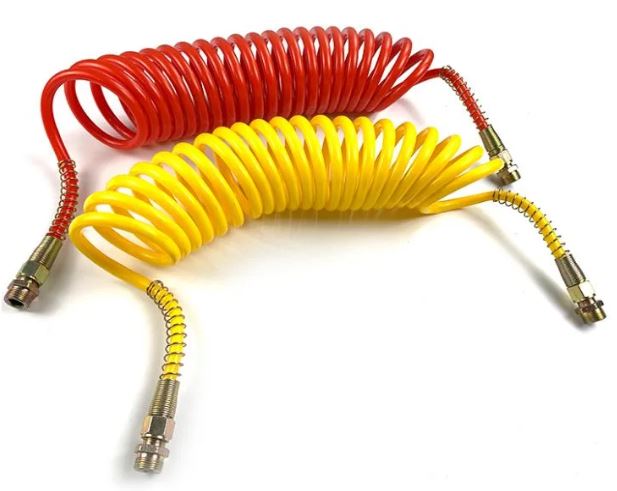layflat hose sizes
Understanding Layflat Hose Sizes
Layflat hoses are essential in various industries, particularly for fluid transfer applications in agriculture, construction, and firefighting. These hoses, known for their flat profile when not in use, offer flexibility and are easy to transport and store. One critical aspect of layflat hoses is their sizing, which directly influences the efficiency and effectiveness of their performance. In this article, we will explore the different sizes of layflat hoses, their applications, and factors to consider when selecting the appropriate size.
What is Layflat Hose?
Layflat hoses are typically made from robust materials like PVC (polyvinyl chloride), rubber, or polyester, designed to handle different types of fluids, including water, chemicals, and slurries. They are primarily used for pumping, irrigation, and dewatering operations. The flat design allows them to be easily coiled for storage and transport, making them highly popular among various users.
Common Sizes of Layflat Hoses
Layflat hoses come in various diameters, ranging from as small as 1 inch to as large as 12 inches or more
. The most commonly used sizes include- 1-inch Layflat Hose Ideal for small-scale applications, including irrigation and garden watering. - 2-inch Layflat Hose Often used in moderate flow applications, suitable for small to medium-sized pumps. - 3-inch Layflat Hose Commonly employed in dewatering and construction sites, where more robust flow is required. - 4-inch to 6-inch Layflat Hose These sizes are frequently used in industrial applications, such as agriculture and firefighting efforts, providing higher flow rates. - 8-inch to 12-inch Layflat Hose Typically used in large-scale operations, including municipal water supply and major construction projects.
Factors to Consider When Choosing Layflat Hose Size
layflat hose sizes

When selecting the appropriate layflat hose size for your application, several factors must be taken into account
1. Flow Rate Requirements Determine the volume of fluid that needs to be moved. Larger diameters allow for higher flow rates, which is crucial for time-sensitive tasks like firefighting or large-scale irrigation.
2. Pump Compatibility Ensure the chosen hose size corresponds with the pump's outlet size. Mismatching can lead to inefficiencies, reduced performance, and damage to equipment.
3. Distance of Transfer The longer the distance the fluid needs to travel, the larger the diameter should be to reduce friction loss and ensure adequate pressure is maintained throughout the system.
4. Type of Fluid Different applications may involve transferring various fluids, including water with debris or chemicals. Some functions may require a thicker hose to prevent damage from abrasion or chemical reactions.
5. Working Pressure Consider the working pressure ratings of the hose. It’s essential to choose a size that can handle the pressure generated by pumps and other equipment without risk of bursting.
Conclusion
In summary, understanding layflat hose sizes is crucial for optimizing fluid transfer operations across various industries. Whether you are managing a construction site, running an agricultural operation, or responding to an emergency situation, selecting the right hose size can make a significant difference in efficiency and effectiveness. Always consider factors such as flow rate, pump compatibility, distance, type of fluid, and working pressure to ensure you achieve the best results in your projects.
-
Welded Wire Mesh Panel: Durable, Versatile, and AffordableNewsJul.28,2025
-
Top Quality Oxy Acetylene Hoses for Sale Fit for Welding DemandsNewsJul.28,2025
-
The Future of Pneumatic Air Tubes in IndustryNewsJul.28,2025
-
Superior and Reliable LPG Hose Pipe Solutions for Every NeedNewsJul.28,2025
-
Exceptionally Durable and Versatile Premium Braided PVC TubingNewsJul.28,2025
-
Best Adapters for Connecting Garden Hose to PVC Pipe ConnectionsNewsJul.28,2025














